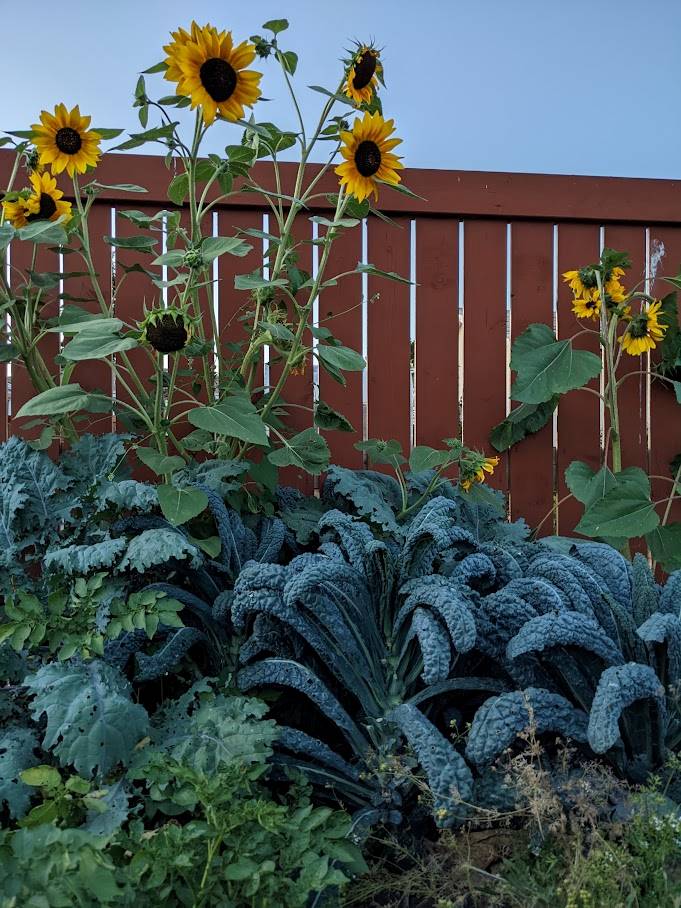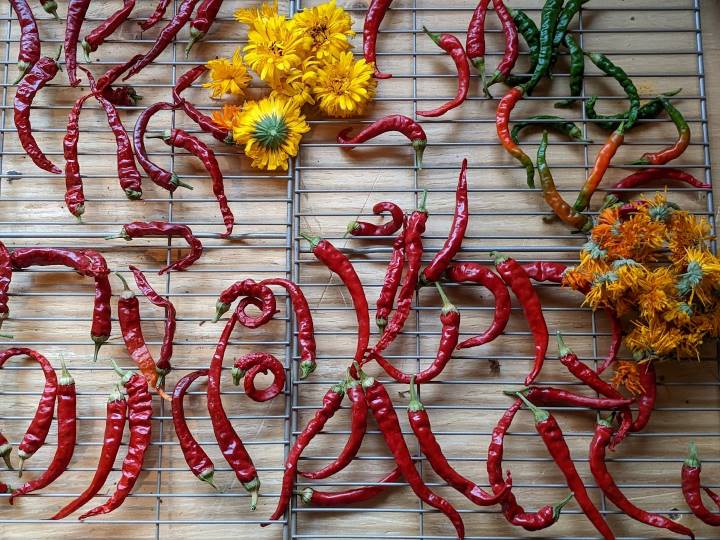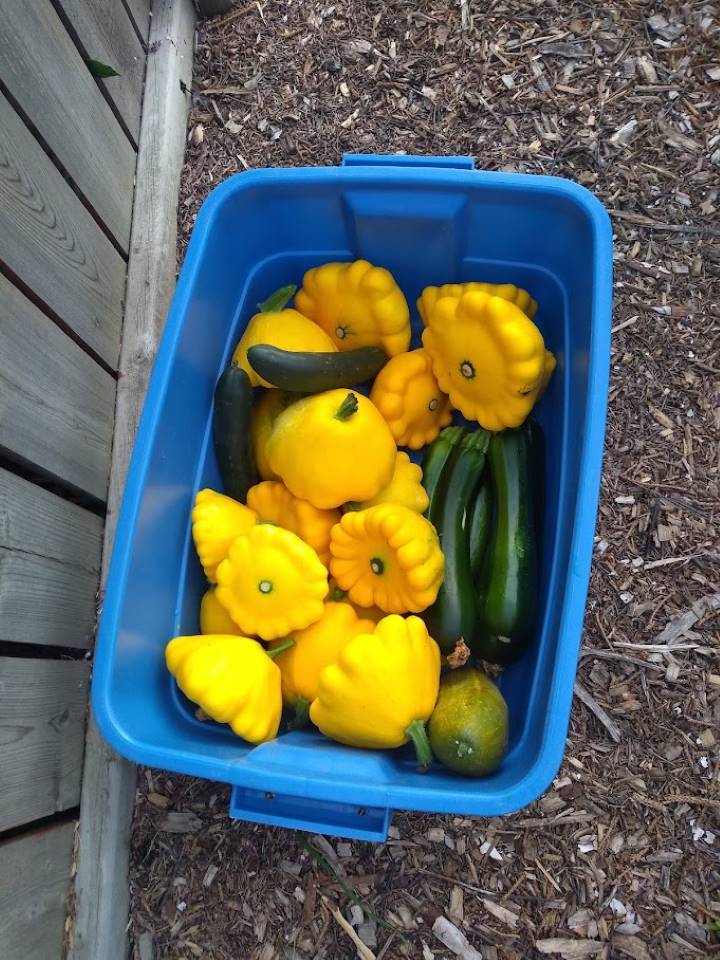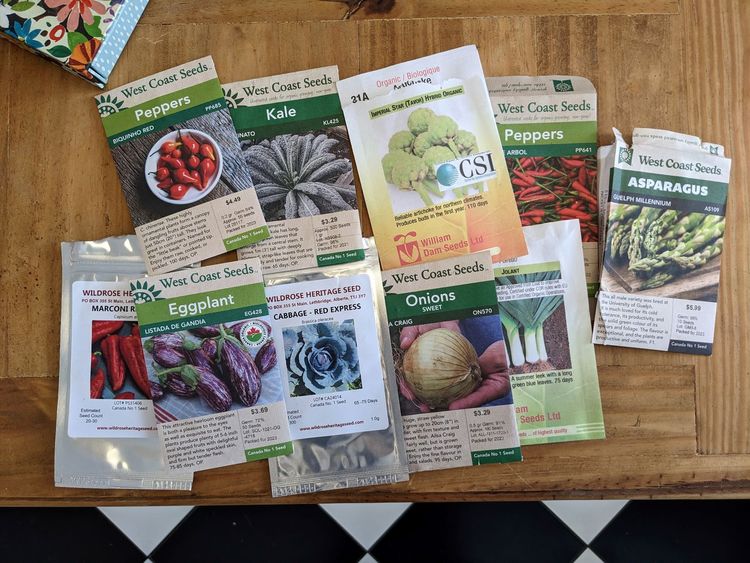Vegetable Varieties: My Favorite Picks from the Garden

With so many vegetable varieties to choose from, it can be difficult to know which ones to go with. You can spend a long time looking through seed catalogues or wandering through a garden center, but without any personal experience, seed packet descriptions can all start to sound the same after a while.
After a long growing season, I've been taking some time to reflect on what worked well for me in the garden this year, and have come up with a list of my favorite varieties. Let me save you some time for next garden season when you are considering what to grow by sharing it with you!
What makes a variety a favorite exactly? I haven't used any specific criteria here but my favorites have one or a few of the following traits:
- delicious flavor
- high yields
- low maintenance and easy to grow
- resistant to the pests and diseases I run into in my garden
- interesting look.
In any case, all these varieties listed below are ones I plan to always find space in the garden for.
Arugula - Rocket: this is the standard salad arugula you find most often. What I like so much about it is it's not as bitter as other types of arugula, grows quickly and is ideal for early and late in the year, as it can survive unexpected frosts or even a bit of snow.
Wildfire: a wild type, rather than a salad type arugula that has more of a spicy flavor than rocket. It's a bit slower growing, but I like to have a small patch to grab leaves to add to salad mixes and like using this variety for topping homemade pizza.
Beet - Touchstone Gold: the beet for people who (like me) don't like beets. It's a sweeter, less earthy version of the red beets you see most often. They taste great grilled on the barbeque and I even enjoy eating the green tops, sautéed with some garlic as a side or with pasta.
Brocollini - Aspabroc: named because it has a mild asparagus flavor. With this variety, you're able to continually harvest the small, tender brocolli stalks as the plants keep producing more.
Cucumber - Lisboa: very productive and quick growing field cucumbers. Flavor is a little sweeter than cucumbers you'd typically buy in the grocery store.
Kale - Lacinato: this variety is also known as dinosaur kale, because the leaves have a wrinkled, bumpy texture that looks like dinosaur skin. I find it's great value in the garden, as it survives the cold well, is very productive and has a great flavor. I also like the look of this kale - it grows on a thick stem that gets taller as the season progresses and as you harvest the dark green leaves from the bottom, begins to look like a miniature palm tree.

Lettuce - Eazyleaf (Brentwood, Burgundy and Hampton): these varieties are known as one-cut lettuces, meaning you can quickly harvest all the leaves on the head with a single cut about an inch above the base of the lettuce. The lettuces then regrow, allowing for multiple cuts per head, making for easy, plentiful harvests of baby leaves without having to have a ton of plants.
Freckles: a romaine type lettuce that grows nice big heads and looks really interesting, as it's green leaves are covered in red speckles. The flavor is great as well and it seems to do well even in the heat of the summer.
Pea - Snow pea: A pea that, like the name implies, can grow in the early season when there's a risk of snow. The snow pea also has the added bonus that there's no shelling required and they freeze well, for easy storage and use throughout the year.
Pepper - Arbol Chile: The most prolific pepper I grew this summer. These peppers have a pleasant smoky heat and they dry really well to store and use throughout the year.

Jalapeno M: These jalapeno plants always produce peppers that look like perfect little green hot dogs. They're hotter than other jalapenos I've grown and the flavor is stronger as well.
Shallot - Zebrune: a French heirloom variety that forms really big bulbs. I grow these for the sweet, deep flavor you get when you cook them up in a frying pan and they get all caramelized.
Squash - Sunburst Scaloppini: a yellow pattypan squash that's tasty and looks striking. The taste is like zucchini, but unlike zucchini, you don't have to deal with any giant woody squashes that you didn't get around to harvesting. One plant will provide you a lot of small tender squashes and they also keep fairly well so you have time to figure out what to do with them.

Tomato - Roma Supremo: determinate plants that give big fruits full of flavor that are not too watery, making them great for sauces and slicing. These are reliably productive for me and if they're staked properly, low maintenance, as far as tomatoes go, as I don't do too much pruning to manage them.
Juliet: a tasty small plum tomato that's my favorite in salads, sandwiches and for using in salsas. It's an indeterminate plant and unlike some of my cherry tomatoes this year, I never had any issue with fruit splitting from my Juliet plants.
Tomatillo - Rio Grande Verde: nothing is better than a fresh salsa verde made from tomatillos from your garden. These plants take up quite a lot of space, as the bushes spread up to four foot (120 cm) across. You'll also need at least two of them to get any fruit, but I find you can plant other crops around and between them successfully which means the space requirements aren't really as big as they seem. The plants are also striking in the garden, as the fruits hang down in what look like paper lanterns.
Hopefully you got some inspiration from this list for planning your next vegetable garden. Seed companies local to your area may also carry many of these varieties, so be sure to check them out.
Do you have any of your own favorite varieties? Let me know by getting in touch and if you've enjoyed this article, consider subscribing to have articles delivered directly to your inbox.
If you're new to growing vegetables from seed, check out some of the articles below for ideas on how to get started.


